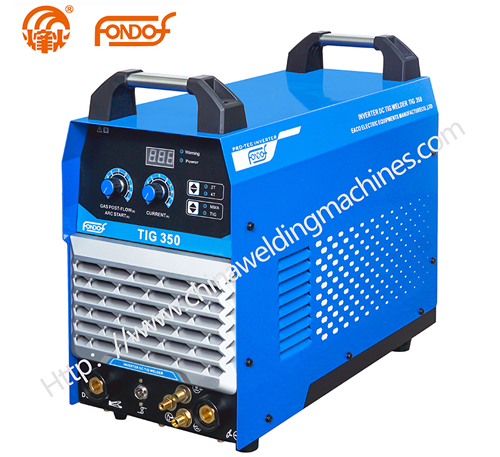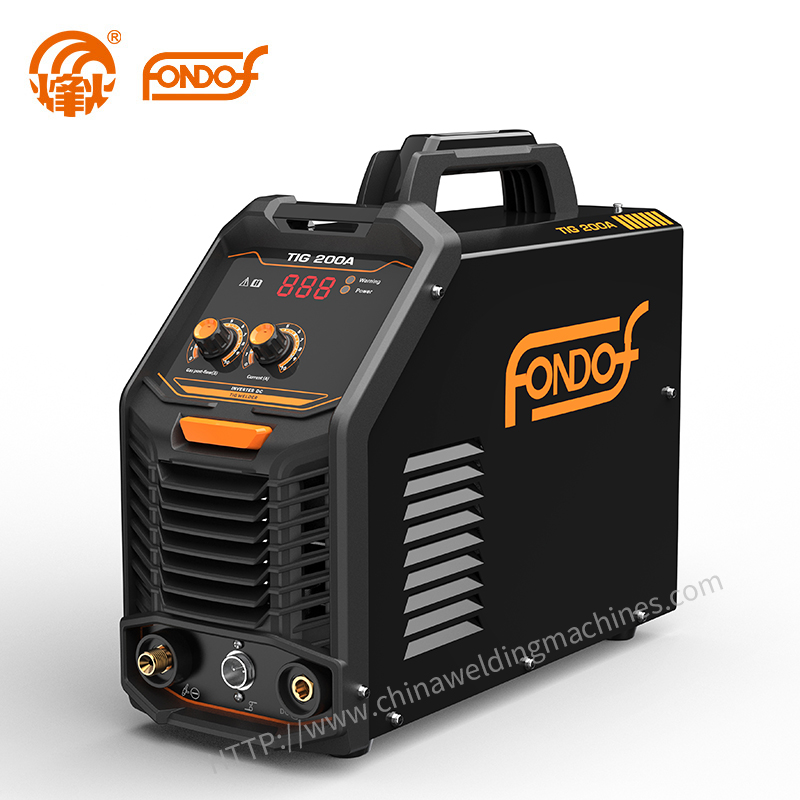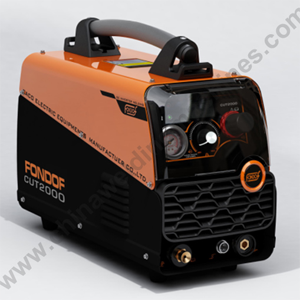Comparison of TIG, MIG and MAG Welding
 Jun. 09, 2022
Jun. 09, 2022
The difference between TIG, MIG and MAG welding
1. TIG welding is generally done with one hand holding the torch and the other hand holding the wire, which is suitable for small-scale operation and manual welding for repairing.
2. MIG and MAG, the wire is fed from the torch through the automatic wire feeding mechanism, suitable for automatic welding, of course, can also be used manually.
3. The difference between MIG and MAG is mainly in the shielding gas. The equipment is similar, but the former is generally protected by argon gas, suitable for welding non-ferrous metals; the latter is generally mixed with carbon dioxide active gas in argon gas, suitable for welding high-strength steel and high-alloy steel.
4. TIG, and MIG are inert gas shielded welding, commonly known as argon arc welding. Inert gas can be argon or helium, but argon is cheaper, so commonly used, so inert gas arc welding is generally known as argon arc welding.

TIG 350B
Comparison of MIG and TIG welding
MIG welding (molten electrode inert gas shielded welding). English: metal inert-gas welding. The arc welding method using a molten electrode with an applied gas as the arc medium and protecting the molten metal droplets, the weld pool, and the high-temperature metal in the weld zone is called molten electrode gas shielded arc welding. Inert gas (Ar or He) shielded arc welding with solid wire is called molten inert gas shielded welding or MIG welding for short.
MIG welding is the same as TIG welding, except that the tungsten electrode in the torch is replaced by a metal wire.
It is otherwise the same as TIG welding. Thus, the wire is melted by the arc and fed into the weld zone. An electrically driven roller feeds the wire from the spool into the torch as required for the weld. The heat source is also a direct current arc, but the polarity is the opposite of that used in TIG welding. The shielding gas used is also different, with 1% oxygen added to the argon gas to improve arc stability. Like TIG welding, it can weld almost all metals and is particularly suitable for welding aluminum and aluminum alloys, copper and copper alloys, and stainless steel. There is virtually no oxidation burnout and only a small amount of evaporation loss during the welding process, making the metallurgical process relatively simple.
TIG welding (Tungsten Inert Gas Welding), also known as non-melting inert gas tungsten shielded welding.
TIG welding is the most commonly used welding method for both manual and automatic welding of stainless steel 0.5 to 4.0 mm thick. TIG welding with filler wire is often used for priming of pressure vessels because of the better gas tightness of TIG welding, which reduces porosity of the weld during pressure vessel welding.
The heat source for TIG welding is a direct current arc with an operating voltage of 10 to 95 volts, but the current can reach 600 amps. The proper connection of the welding machine is to connect the workpiece to the positive pole of the power source and the tungsten pole of the torch as the negative pole. The inert gas is usually argon. The inert gas is fed through the torch to create a shield around the arc and over the weld pool. To increase heat input, 5% hydrogen is generally added to the argon. However, when welding ferritic stainless steels, hydrogen cannot be added to argon. The gas consumption is about 3 to 8 liters per minute. In addition to blowing inert gas from the torch during the welding process, it is advisable to blow gas from under the weld to protect the back of the weld. If required, the weld pool can be filled with welding wire of the same composition as the austenitic material being welded, usually using type 316 filler when welding ferritic stainless steels. Due to the protection of argon gas, isolating the harmful effects of air on the molten metal, so TIG welding is widely used to weld easily oxidized non-ferrous metals such as aluminum, magnesium and its alloys, stainless steel, high-temperature alloys, titanium and titanium alloys, and refractory active metals (such as molybdenum, niobium, zirconium, etc.), and general carbon steel, low alloy steel and other common materials, in addition to the high quality requirements of the welding occasion, generally do not use TIG welding.



























